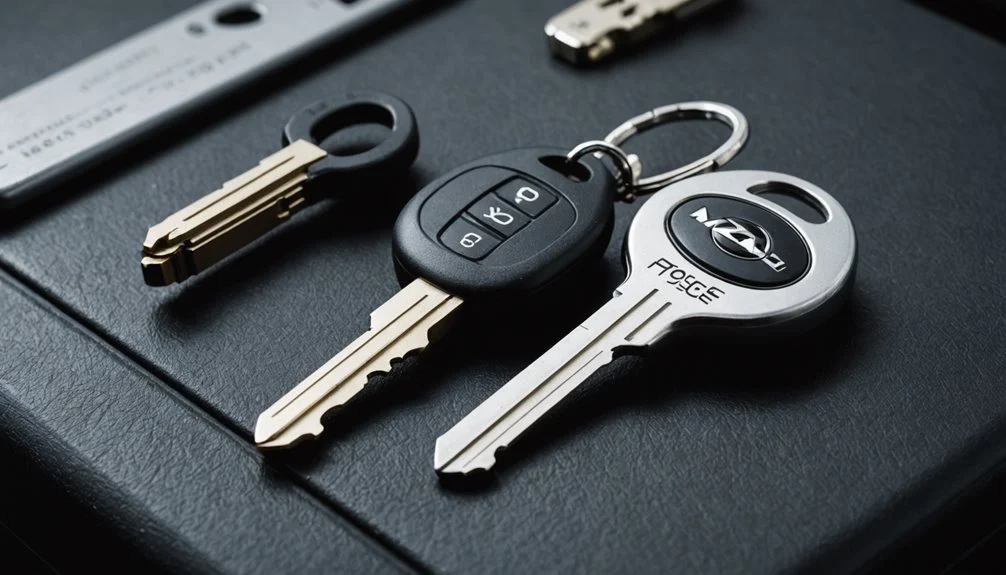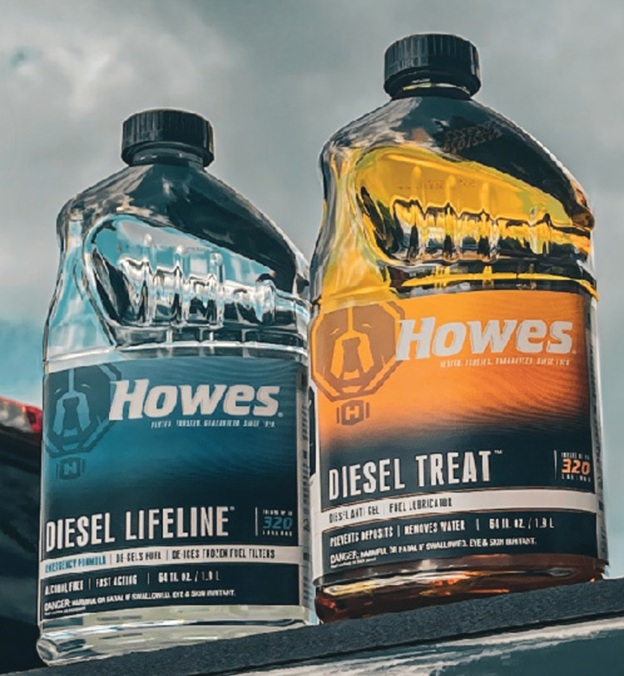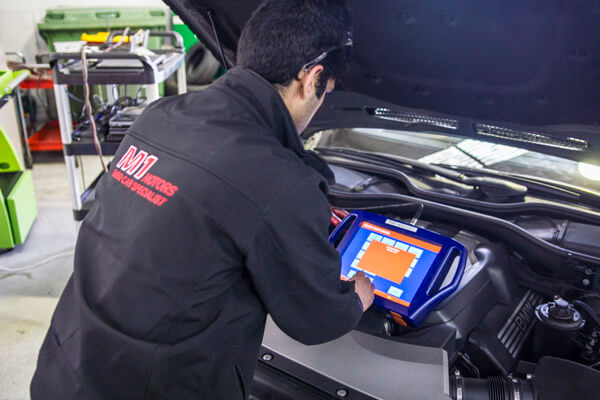Car servicing includes careful oil filter inspections every time. That ensures engines run smoothly and avoid unexpected problems. So professionals check filters for clogging, leaks, and wear routinely. Then engines maintain proper lubrication and stay safe on roads. This process protects pistons, bearings, and other critical parts efficiently. That reduces long-term repair costs and preserves engine life consistently. Timely filter attention supports smooth starts and reliable driving permanently.
Detecting Clogs Early
Professional checks identify clogs before engines face damage directly. That prevents oil starvation to critical parts and excessive wear. So mechanics inspect filter surfaces and screen elements carefully. Then blocked passages can be replaced before serious problems occur. This ensures continuous oil flow throughout all engine components reliably. That protects camshafts, rods, and valves from friction permanently. Timely inspections avoid emergency breakdowns and improve long-term reliability effectively.
Ensuring Proper Installation
Oil filters must be installed correctly for maximum efficiency. That prevents leaks and ensures engines maintain consistent oil pressure. So professionals tighten filters to the recommended torque level always. Then engines receive proper lubrication without risk of contamination immediately. This step keeps engines running smoothly and safely under pressure constantly. That reduces the risk of oil loss and overheating permanently. Timely attention by European Auto Repair in Overland Park, KS ensures engines perform optimally without unnecessary stress effectively.
Checking for Wear
Filters may show signs of wear from previous use regularly. That includes rust, cracks, or weak seals that affect flow. So mechanics inspect the entire filter body carefully each time. Then worn components are replaced to maintain proper engine protection permanently. This step ensures oil remains clean and free from debris reliably. That prevents friction and overheating in all engine parts consistently. Timely filter checks improve performance and extend engine lifespan efficiently.
Preventing Engine Contamination
Dirty or blocked filters cannot remove contaminants effectively at all. That allows particles to circulate and damage critical engine surfaces permanently. So professionals replace or clean filters according to manufacturer standards routinely. Then engines avoid scratches, scoring, and other internal damage efficiently. This process maintains optimal performance and reduces repair costs consistently. That ensures engines remain reliable and responsive on all drives. Timely inspections protect vehicles and support safe operation effectively.
Supporting Engine Longevity
Regular oil filter checks extend engine life and efficiency consistently. That ensures smooth starts, stable idling, and proper fuel usage constantly. So engines experience fewer repairs and maintain optimal performance always. Then internal components remain protected from premature wear permanently. Professionals maintain clean filters during scheduled services carefully. This step preserves oil circulation and prevents contamination reliably. That keeps engines healthy and running efficiently over years permanently.
Conclusion
Professional oil filter inspections are critical for every car service. That prevents clogs, leaks, and early engine wear immediately. So vehicles remain reliable, efficient, and safe during all drives. Then mechanics maintain proper installation and filter cleanliness continuously. This attention protects internal parts and ensures engines run smoothly permanently. That extends vehicle life and reduces long-term repair costs effectively. Timely filter maintenance supports consistent engine performance and driving safety.











